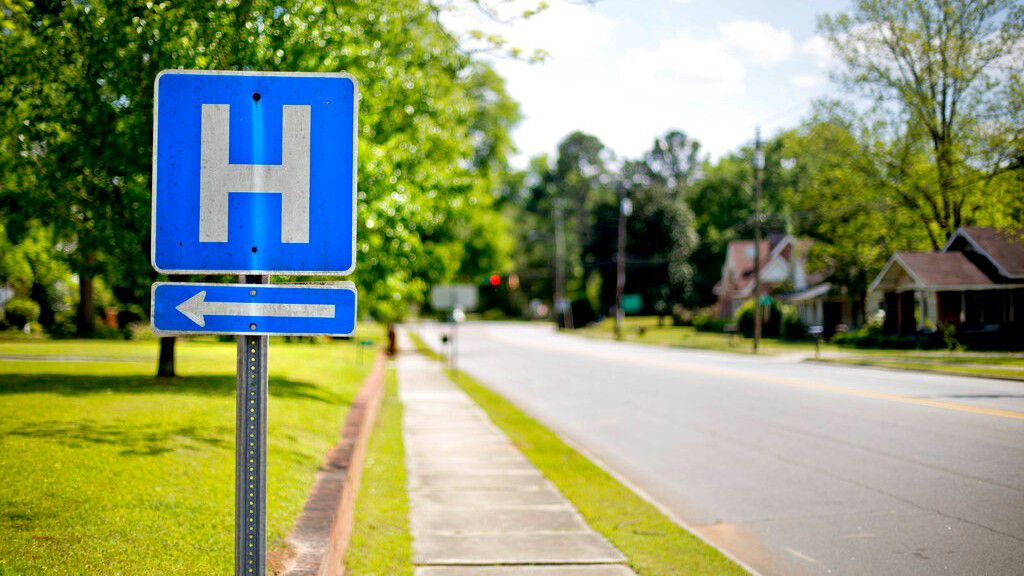Some rural parts of New York state have a significant shortfall in health professions, including primary care, pediatric, and obstetrician and gynecologist (OBGYN) doctors, dentists and mental health practitioners, according to a new report released Thursday by state Comptroller Tom DiNapoli.
The shortage of mental health practitioners in New York’s rural counties may be the most severe, with all counties designated by the federal government as areas having professional shortages.
The rural counties examined were Allegany, Cattaraugus, Chenango, Delaware, Essex, Franklin, Greene, Hamilton, Herkimer, Lewis, Schuyler, Steuben, Sullivan, Washington, Wyoming and Yates.
Some of the key findings the comptroller’s office found included:
- Ten of the 16 rural counties covered in this report are federally designated as Health Professional Shortage Areas for primary care, dental and mental health
- On average, the 16 rural counties have four primary care physicians per 10,000 people – a ratio that is less than half that of the state (8.1) and the U.S. (8.4)
- The 16 rural counties have 0.5 pediatricians for every 10,000 people – less than one-fifth of the state ratio (2.8), one-third of the U.S. (1.8), and less than half the GMENAC guideline (1.2). There are no pediatric physicians in three of the 16 counties.
- The OBGYN physician to 10,000 population ratio of the 16 rural counties is 0.4 – meaning there is roughly one OBGYN physician for every 23,000 people. This is less than half the GMENAC guideline (1). Four counties – Hamilton, Herkimer, Schuyler and Yates – have no OBGYN physicians at all.
- The 16 rural counties’ dentist to 10,000 population ratio (3.6) is less than half of the state ratio (8.3). There are no dentists in Hamilton County
- The rural counties’ mental health practitioner to 10,000 population ratio (6.9) is less than half that of the state (16.1)
“Having access to health care is an essential quality of life issue and helps people live healthier lives,” DiNapoli said in a statement. “Addressing gaps in the rural healthcare workforce to alleviate current shortages and plan for future demand will not only positively impact the health of people living in less populated areas of New York, but could also create new jobs and bolster our rural economies.”
The report added that transporting people to health care, particularly those with limited or no access to cars, is a challenge. Most rural counties have limited public transportation options, but paratransit for the elderly is relatively common, and there may be opportunities to expand services to other demographics where such services don’t exist.
The expansion of telemedicine for certain types of care is another option to bolster rural health systems but is not a complete solution.
Another offered solution is more mobile clinics, alleviating transportation barriers to access without the cost of opening and maintaining brick and mortar clinics. School-based health centers are another option to expand health care access to rural New York.
